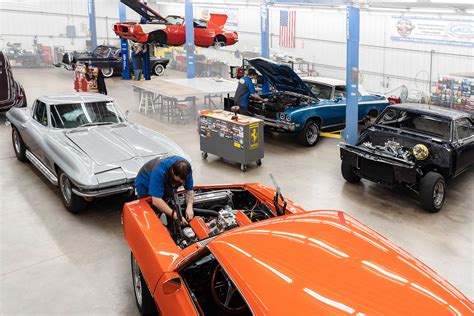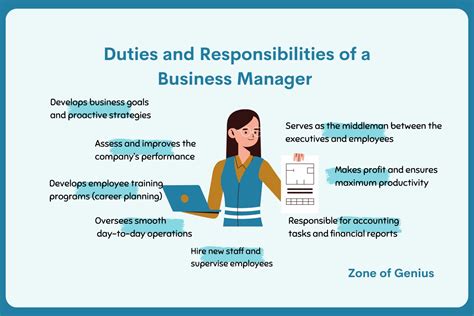Auto Restoration Service

The world of auto restoration is a fascinating realm where classic vehicles are brought back to their former glory. With the rise of vintage car enthusiasts, the demand for high-quality auto restoration services has increased significantly. As a seasoned expert in the field, I can attest that restoring a classic car to its original condition requires a deep understanding of the vehicle's history, mechanics, and aesthetics. In this article, we will delve into the world of auto restoration, exploring the process, techniques, and best practices that professionals employ to revive these timeless machines.
Key Points
- Auto restoration involves a thorough inspection and evaluation of the vehicle's condition
- Professionals use a combination of traditional techniques and modern tools to restore classic cars
- Attention to detail and authenticity are crucial in achieving a high-quality restoration
- Restoration services can range from minor repairs to full-scale restorations, depending on the vehicle's needs
- Experienced restorers must balance preservation and restoration to maintain the vehicle's original character
The Auto Restoration Process

The restoration process begins with a thorough inspection of the vehicle, during which the restorer assesses the condition of the body, engine, transmission, and other critical components. This initial evaluation helps identify areas that require attention, allowing the restorer to create a detailed plan and timeline for the project. With a clear understanding of the vehicle’s needs, the restorer can begin disassembling the car, removing damaged or worn-out parts, and preparing the surface for repairs.
Bodywork and Painting
Bodywork is a critical aspect of auto restoration, as it involves repairing or replacing damaged panels, and ensuring that the vehicle’s structure is sound. This process requires great skill and attention to detail, as even minor imperfections can be noticeable. Once the bodywork is complete, the vehicle is prepared for painting, which involves applying a series of coats to achieve a smooth, glossy finish. The choice of paint and application technique can greatly impact the final result, making it essential to work with experienced professionals who understand the nuances of classic car restoration.
| Restoration Stage | Description | Timeframe |
|---|---|---|
| Inspection and evaluation | Assessing the vehicle's condition and creating a restoration plan | 1-3 weeks |
| Disassembly and repair | Removing damaged parts and repairing or replacing them | 4-12 weeks |
| Bodywork and painting | Repairing and painting the vehicle's body | 8-20 weeks |
| Reassembly and testing | Reassembling the vehicle and testing its systems | 4-12 weeks |

Techniques and Best Practices

Auto restoration involves a range of techniques, from traditional metalworking and woodworking to modern methods like 3D printing and CNC machining. Experienced restorers must be familiar with these techniques and know when to apply them to achieve the best results. Additionally, restorers must be meticulous in their work, ensuring that every detail, from the stitching on the upholstery to the finish on the chrome trim, is accurate and authentic.
Authenticity and Preservation
One of the most critical aspects of auto restoration is maintaining the vehicle’s authenticity and original character. This requires a deep understanding of the vehicle’s history, as well as the materials and techniques used in its construction. Restorers must balance the need to preserve the vehicle’s original components with the need to replace damaged or worn-out parts, ensuring that the final result is both accurate and functional.
In conclusion, auto restoration is a complex and nuanced process that requires great skill, attention to detail, and a deep understanding of classic cars. By working with experienced professionals who are passionate about restoration, car enthusiasts can bring their beloved vehicles back to life, preserving their history and character for generations to come.
What is the average cost of a full-scale auto restoration?
+The average cost of a full-scale auto restoration can range from 50,000 to 200,000 or more, depending on the vehicle’s make, model, and condition.
How long does a typical auto restoration project take to complete?
+A typical auto restoration project can take anywhere from 6 months to 2 years or more to complete, depending on the complexity of the project and the restorer’s workload.
What is the most important aspect of auto restoration?
+The most important aspect of auto restoration is attention to detail and authenticity, as these elements are crucial in maintaining the vehicle’s original character and value.



